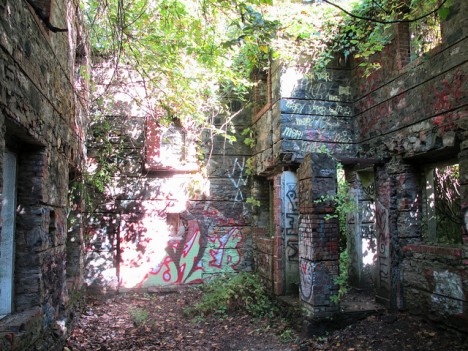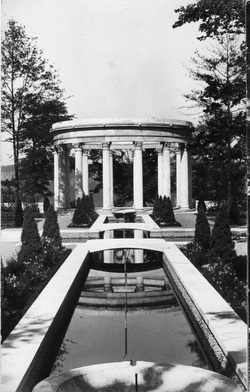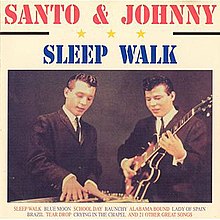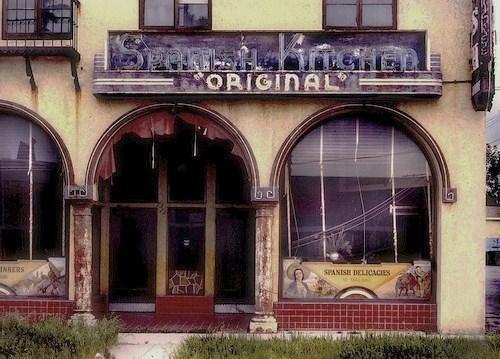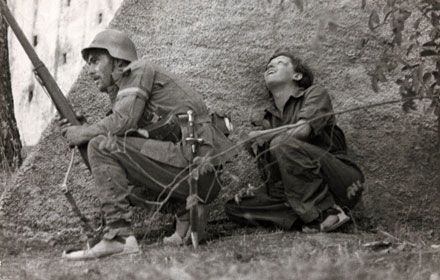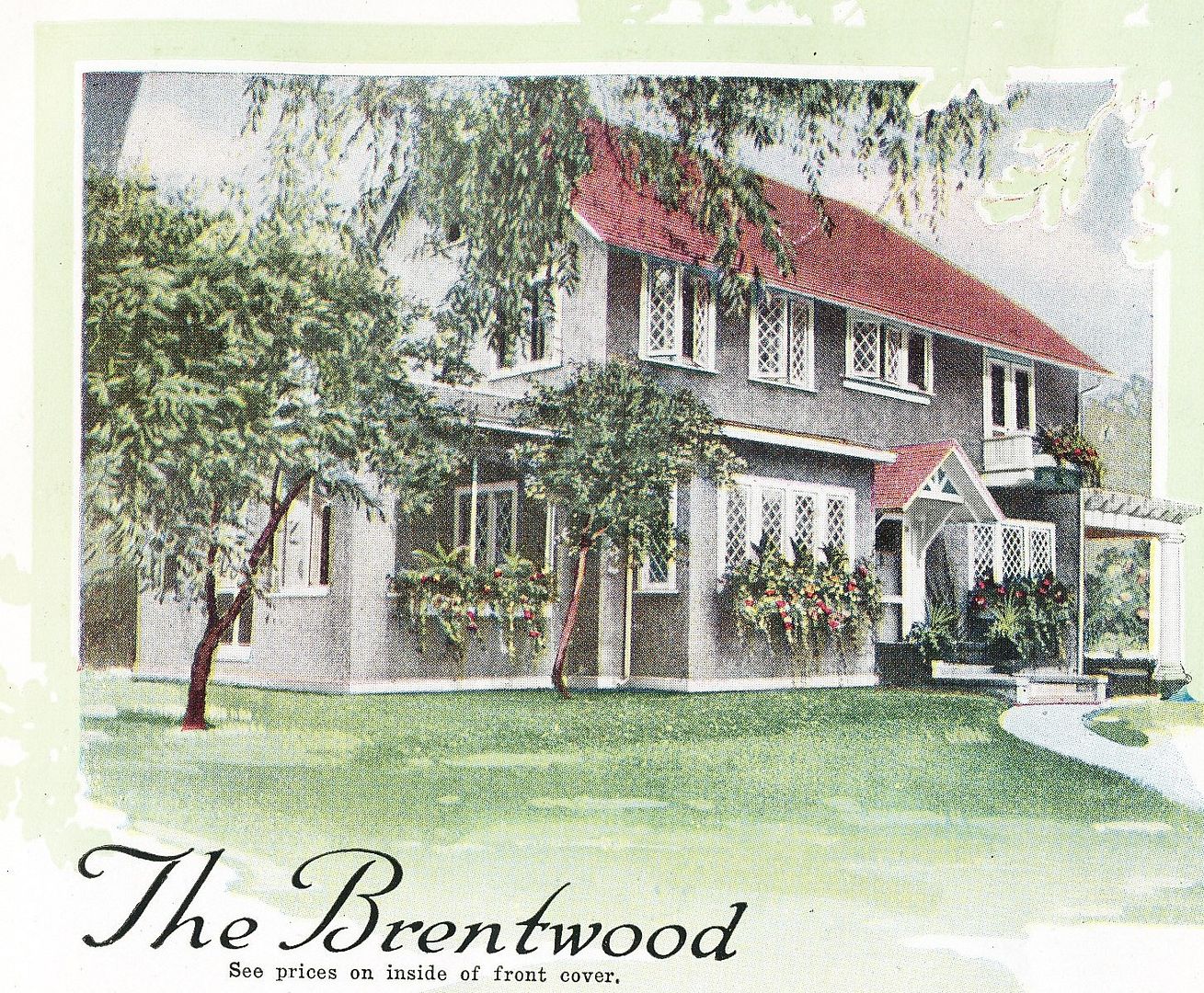We were talking about other places to escape to, since a whole lot of us have been in the grip of cabin fever. There's another aspect to consider, a more drastic one: finding a place that would just be better all around.
In addition to the television shows about house hunting (we happened to be in the restaurant where the couple was discussing their final choice in their move to this area; no one noticed the taping because there were no lights and only a tiny handheld camera -- and we were too far away to eavesdrop), there are more specialized ones about relocating abroad, finding beachfront or island second/retirement homes and extreme places to live . It's television, of course, so you may find out a little but not nearly enough to base making any decisions on. Your situation will be different, i.e., probably unlike those young couples who are looking at $400,000 homes in high cost-of-living areas on incomes no greater than your own, and with young children to support too. That just puzzles me -- how in the world does that work?
You have to be honest with yourself, not dreamy, and if you use some of the many free research tools available you'll find there are many other sides to any other place's story. For example, I looked at the forum discussions about some nearby locales on
www.city-data.com, and even when residents responded to inquiries from other states, big issues sometimes don't even come up. Those who were interested in Palmyra (east of Hershey) should really have been warned that parts of the town continue to be gobbled up by larger and more frequent sinkholes. That charming Victorian is selling for such a good price for a reason.

Weather and climate change really needs to be looked into, although it is already one of the main factors driving a completely voluntary relocation decision. Check out
www.noaa.gov for local flood zone maps and an interactive feature which shows, down to zip code level, what sea level rise will mean when you dial in any amount (try 1' - 3' for Florida, Louisiana, or the Carolinas' coast). You can easily find earthquake fault lines and hurricane tracks, but a serious one you won't find is the deadly pollution that spreads from the Ohio and Mississippi rivers. The cancer and neurological disease rates in riverine places like Memphis are scary.
Crime rates and tax rates are of interest too, and are easy to find. Lovely Beaufort, SC, an old low country town surrounded with rivers and bays with all the charm, Southern cuisine and easy life that's like a siren's call to retirees, has an astonishing amount of crime, both property and violent. Low tax states are sometimes very lacking in the area of health (like Kentucky and Mississippi). And states famous for no income tax (Texas, Washington and Florida) more than make up for it in high property taxes, fees, and sales taxes (like Tennessee, California and New York). Those are of much more concern to most retirees than state income taxes -- although no state tax on
retirement income is of prime importance.
I was surprised to find the retirement haven Florida is actually one of the higher cost-of-living states, and also found out while doing my part with the disposition of our parents' home and estate there that like California, homeowners and auto insurance was much higher than ours, by 300%. You should know there are a lot of uninsured drivers there, which is why. And I saw a sign (just one little one) near the bay, which warned that a potential storm surge could reach up to 12'. Yikes.
There are articles and books in print and online recommending the "best small towns" and "best places to retire," but the criteria used has to be considered before the sunny pictures and seductive descriptions take you in. I've noticed writers in the greater New York area don't seem to think high cost of living is important, and blithely recommend places where homes start at $300,000. Those lists always include places that are in deep freeze for more than half the year, also. I can do that, for a whole lot less and even for a shorter winter, right here. That said, one list seemed more thoughfully considered than most, ranking states from 1 to 10, considering all of health, COL, taxes, and social factors:
1. SD, 2. CO, 3. UT, 4. ND, 5. WY, 6. NE, 7. MT, 8. ID*, 9. IA, 10. VA *lowest crime
North and South Dakota -- really? But the surveys told the author that the job market, economy, health services, social stability and general happiness there put them in the top ten. (Also something to consider: the ten states with the worst quality of life are all controlled by Republicans.) I knew someone who had lived in Minot, ND, on the Canadian border. He said there was absolutely nothing to do and one could not even imagine how cold and dark it was. But Colorado, Virginia and Iowa look like good candidates, I think (disclaimer: have only been to one of those three).
You can also look at
www.findyourspot.com, which requires you to fill in a survey and matches you with your ideal state or locale date.
Love, and other things are...where you find it.
 |
Cost of living by county
|










